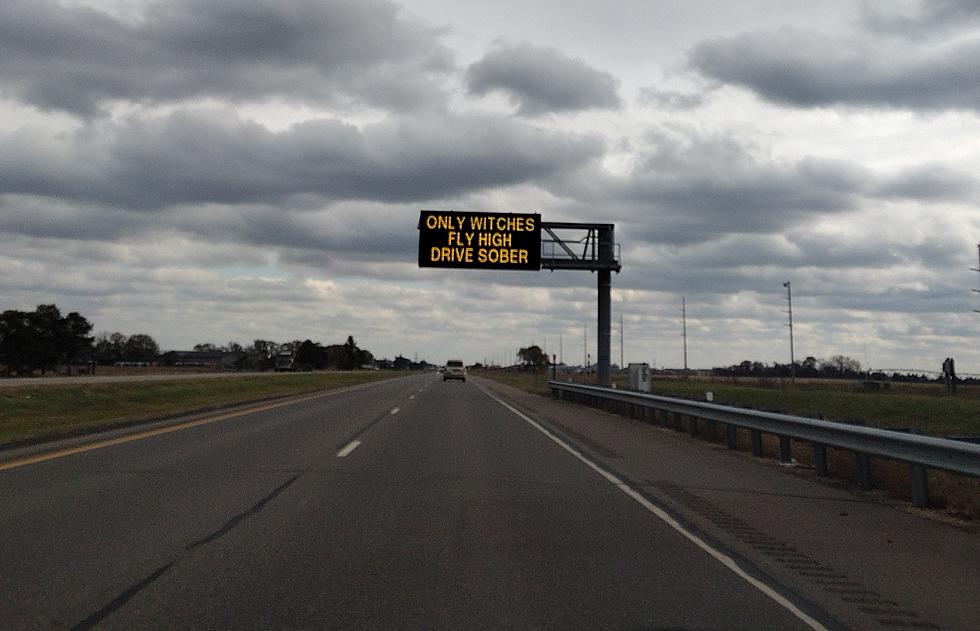
Time Change This Weekend Could Lead To Driving Problems in MN
Daylight saving time will begin for 2024 on Sunday, March 10 at 2 a.m. local time, when our clocks will go ahead one hour, part of the twice-annual time change that affects millions of Americans.
William Van Koevering from MN-Dot has some suggestions for Minnesota drivers as they prepare for the time change.

According to the American Academy of Sleep Medicine, research shows the change in timing can initially affect the amount of sleep that drivers get, which can lead to an increase in drowsy drivers.
Common signs of drowsy driving include:
• Difficulty keeping eyes open.
• Forgetting how long you’ve been driving.
• Drifting in and out of lanes.
The Mayo Clinic recommends these tips to help manage the transition.
• Adjust your internal clock gradually. Shift your bedtime and wake time in 15- to 30-minute increments. This can help your body transition gradually.
• Make sleep a priority. Getting the recommended seven to eight hours of sleep a night provides tremendous health benefits and helps you perform at your best.
• Go to bed and wake up at the same time each day. This helps your body regulate its sleep.
The longer days also inspire many adults and children to spend more time outdoors, so be sure to avoid speeding and watch for cyclists, joggers, pedestrians, children at play.
Come With Us and Visit Clearwater, MN in Pictures
More From Mix 94.9









